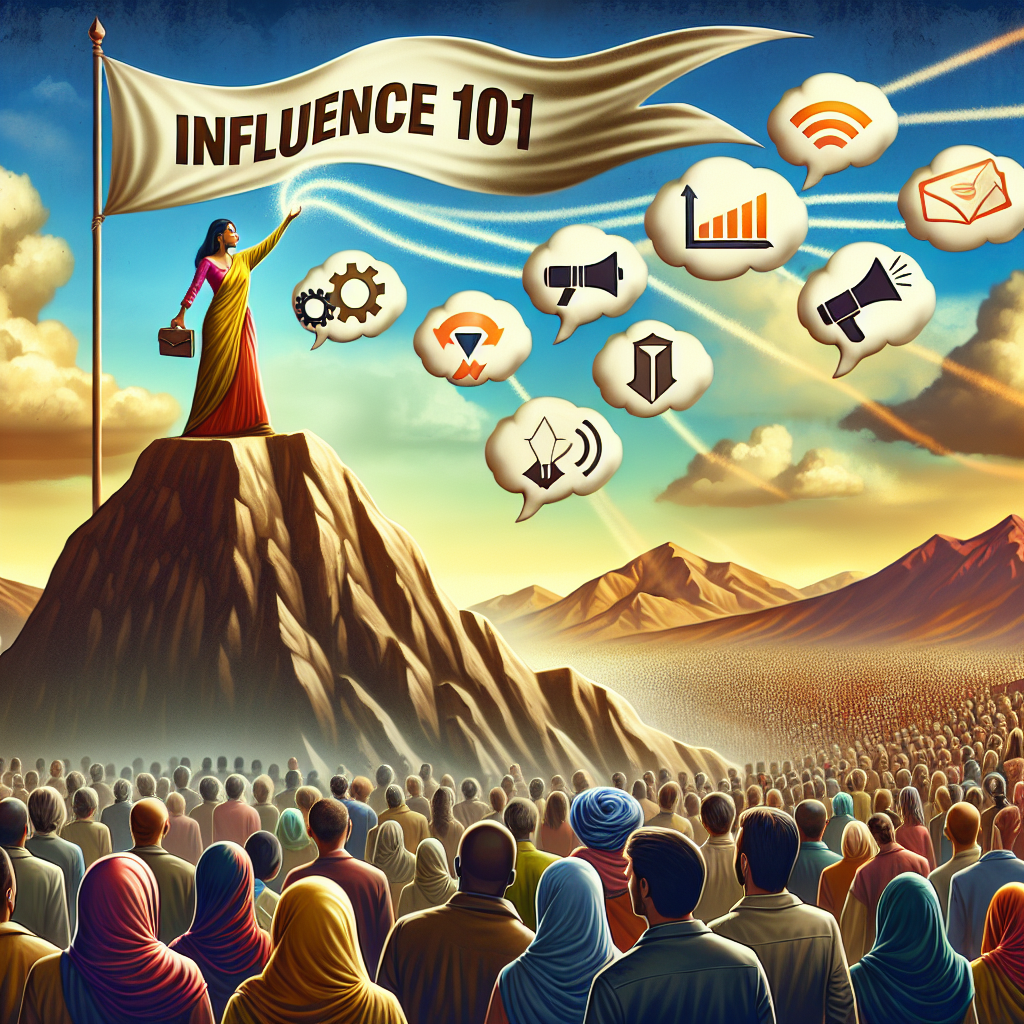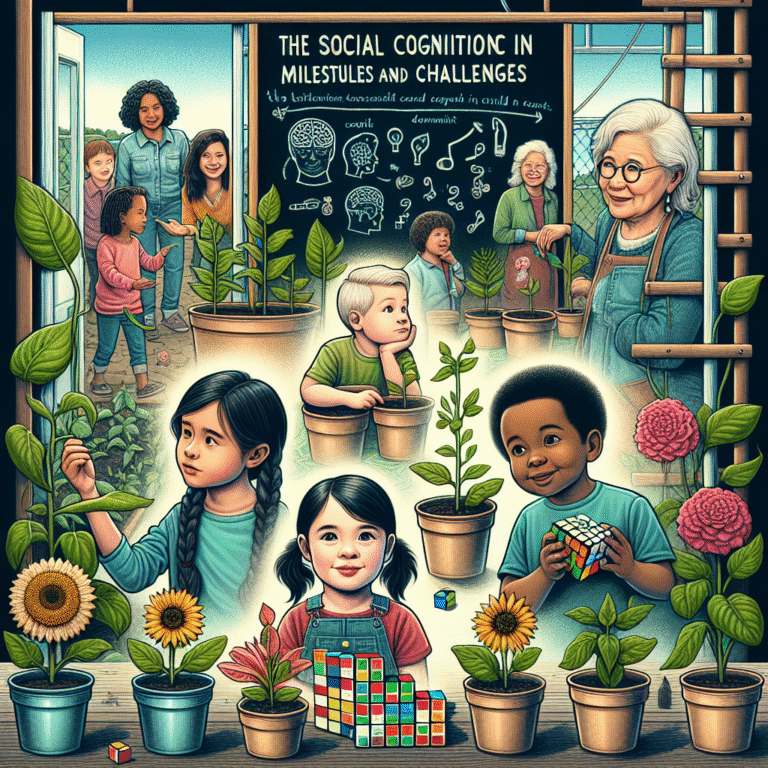
Introduction
In today’s fast-paced world, where social media reigns supreme and news travels at the speed of light, the power of influence is more relevant than ever. The ability of individuals to shape opinions and drive conversations has become a crucial skill in various sectors—from politics to marketing, and from non-profits to corporate environments. But what does it take to become a true influencer? In this article, we dive into "Influence 101: The Tactics Used by Social Leaders to Shape Opinions," exploring effective strategies that social leaders employ to craft narratives, create engagement, and mobilize communities.
Imagine being able to inspire a group of people or initiate a movement with just a few powerful words. This article will provide you with the tools and understanding to achieve just that. Let’s get started!
The Foundations of Influence
Understanding Influence
At the core of influence is the ability to sway thoughts, emotions, and actions. Psychological theories, such as Robert Cialdini’s principles of persuasion, show that understanding human behavior is essential for effective communication. By grasping the underlying motivations of your audience, you can tailor your message to resonate deeply.
The Role of Social Leaders
Social leaders are individuals who leverage their platforms and networks to drive change, challenge norms, and ignite discussions. Their influence can create ripples of effect, inspiring communities to act or think differently. Famous examples include:
- Malala Yousafzai, advocating for girls’ education.
- Greta Thunberg, leading climate advocacy.
These leaders exemplify how targeted influence strategies can mobilize large audiences and create real change.
Tactics for Influencing Opinions
1. Building Trust and Credibility
The Trust Factor
Trust is a cornerstone of effective influence. Social leaders establish credibility through transparency, honesty, and reliability. They share personal stories, allowing audiences to connect on an emotional level.
Case Study: Brene Brown
Brene Brown’s rise as a thought leader is a perfect illustration. By discussing vulnerability and personal challenges, she creates a safe space for dialogue and trust. Her TED talks are not just speeches; they are invitations to connect and reflect.
2. Storytelling
The Art of Narration
People resonate with stories much more than abstract concepts. Social leaders craft compelling narratives that embody their message, making complex ideas accessible and relatable.
Case Study: Humans of New York
Brandon Stanton’s "Humans of New York" features stories of everyday people, showcasing their struggles and triumphs. This has not only influenced public opinion on various social issues but has also raised significant funds for charitable causes.
| Element | Description |
|---|---|
| Character | Identifiable and relatable individuals |
| Conflict | Presenting challenges that spark empathy |
| Resolution | Offering hope or solutions that inspire action |
3. Using Social Proof
The Power of Consensus
Humans are social creatures who tend to follow the actions or opinions of others. By aligning their messages with popular opinions or showcasing testimonials, social leaders can create a powerful sense of validation.
Case Study: Nike’s "Just Do It" Campaign
Nike’s use of athletes and everyday individuals succeeding against the odds leverages social proof. They create a narrative that everyone can relate to, thereby driving both brand loyalty and social influence.
4. Employing Emotion
The Emotional Connection
Emotions drive decisions far more than logic. Social leaders tap into emotional appeal through passionate language, visuals, and relatable scenarios.
Case Study: Apple’s Marketing
Apple positions itself not just as a technology company but as an enabler of creativity and individuality through emotionally charged advertising. Their commercials often reflect an ethos—showcasing individual stories of success through the use of their products.
5. Engaging with the Audience
Foster Interaction
Interactivity creates loyalty. Engaging with the audience through polls, questions, and comments transforms passive observers into active participants.
Case Study: Taco Bell’s Social Media Strategy
Taco Bell effectively uses humor and relatable content to engage its audience on social media. Their campaigns encourage user-generated content, allowing customers to feel a part of the brand.
6. Harnessing the Power of Visuals
Visual Storytelling
Visuals enhance storytelling and help capture attention quickly. Infographics, videos, and impactful images can convey complex messages succinctly and drive them home.
Case Study: National Geographic
With stunning photography and graphics, National Geographic’s social media and print campaigns not only educate but also inspire passion and action towards conservation.
7. Utilizing Strategic Partnerships
Collaborative Influence
Social leaders often partner with other influential figures or organizations. This broadens their reach and enhances credibility.
Case Study: Michelle Obama and Let’s Move!
Michelle Obama partnered with various organizations, from schools to businesses, to promote healthy living among children. This partnership model amplified her influence and allowed for a wider impact.
Conclusion
"Influence 101: The Tactics Used by Social Leaders to Shape Opinions" offers invaluable insights into the mechanics of persuasion and impact. By understanding these strategies, anyone can hone their own skills to influence, engage, and mobilize. Remember that true influence is not about control; it’s about inspiring others to take action and fostering meaningful change.
Whether you’re aiming to lead a community initiative, promote a brand, or advocate for a cause, the tactics discussed can serve as your guiding framework. Own your voice, build your credibility, and start influencing today!
FAQs
1. How can I start building my influence?
Begin by establishing credibility through consistent messaging and transparency. Share your personal story to create emotional connections with your audience.
2. What role does social media play in influence?
Social media amplifies your reach and offers platforms for interaction. Use it strategically to engage and connect with your audience.
3. How can storytelling effectively influence others?
Stories resonate on an emotional level, making complex ideas relatable. Use character, conflict, and resolution in your narratives to engage your audience.
4. Why is trust important in influence?
Trust builds credibility, essential for persuading others. It encourages communities to believe in and act upon your message.
5. What are some common mistakes to avoid in trying to influence?
Avoid being disingenuous; authenticity is key. Don’t overlook the power of listening to your audience, and never underestimate the effectiveness of engaging with them.
Influence can change the course of lives and communities. Take these insights and create your own path of impactful leadership. Let your message resonate, and watch as change unfolds!










